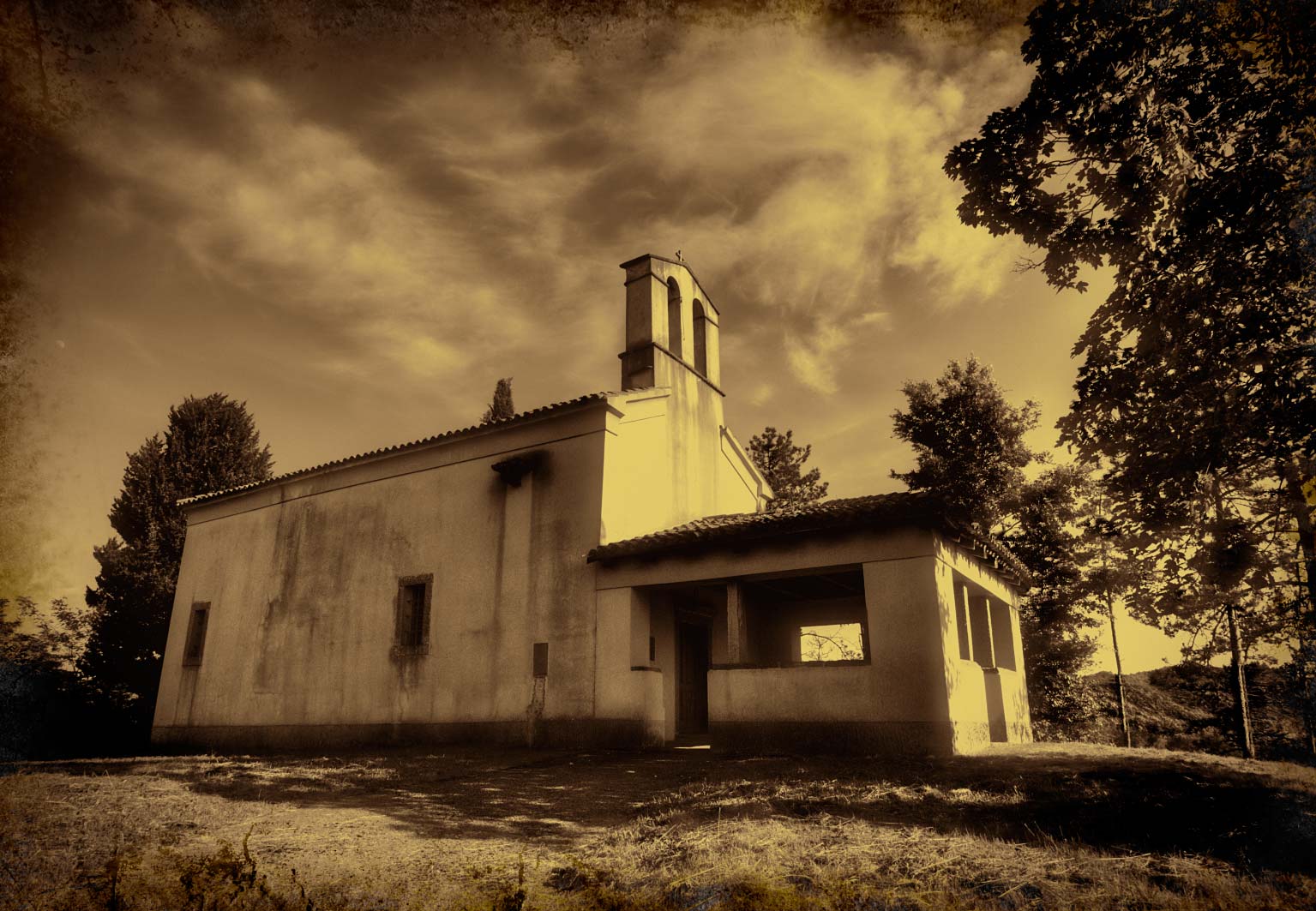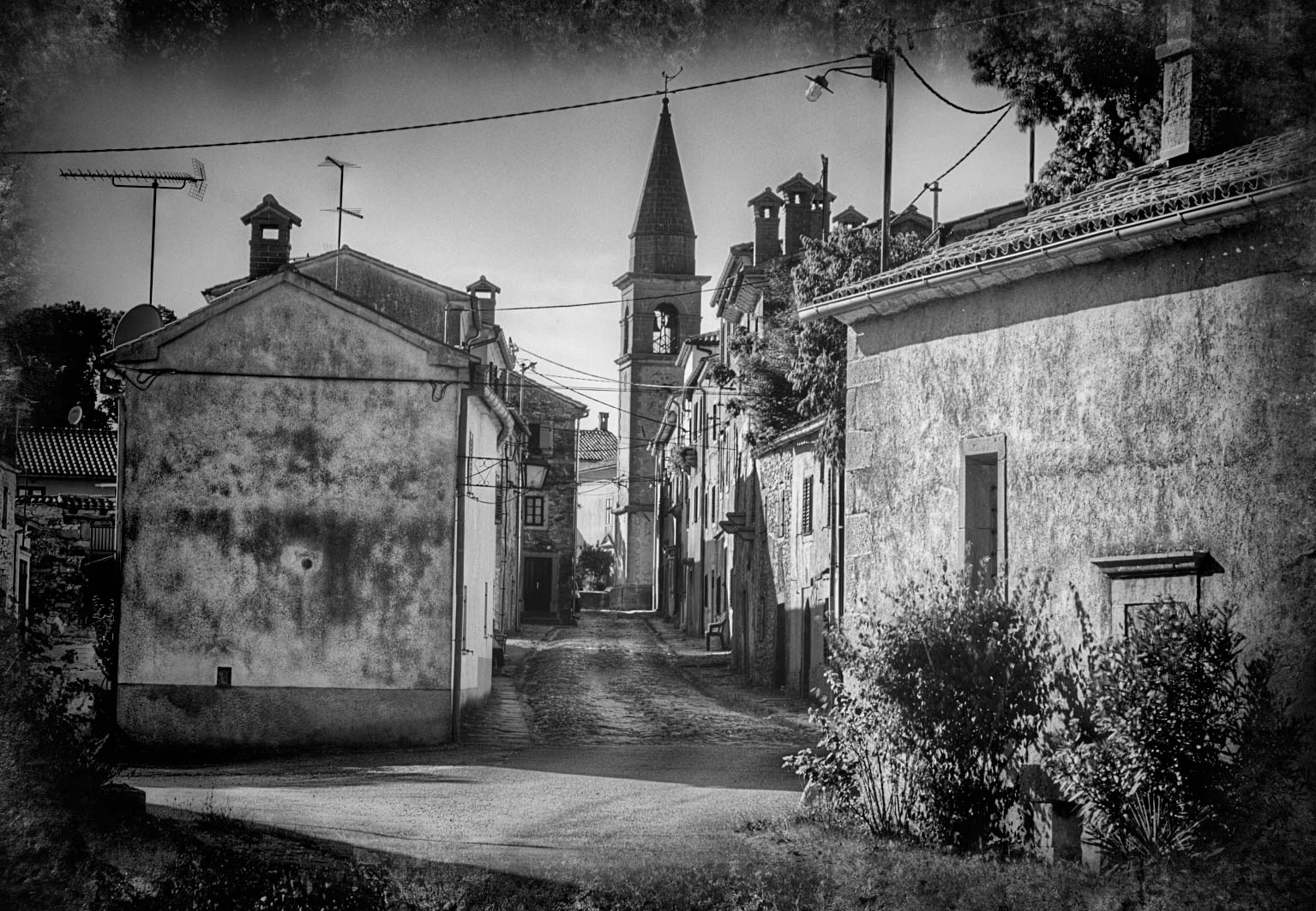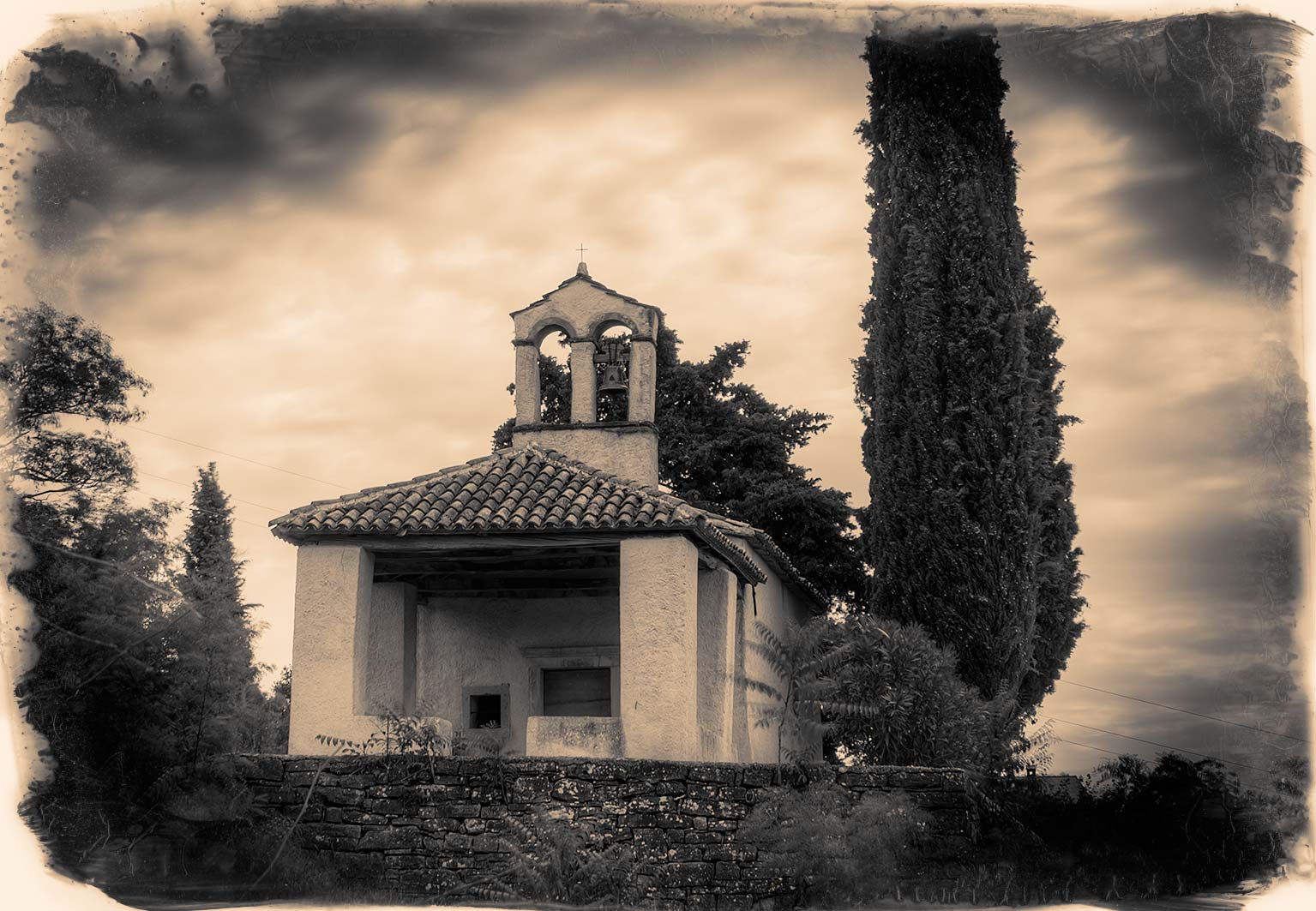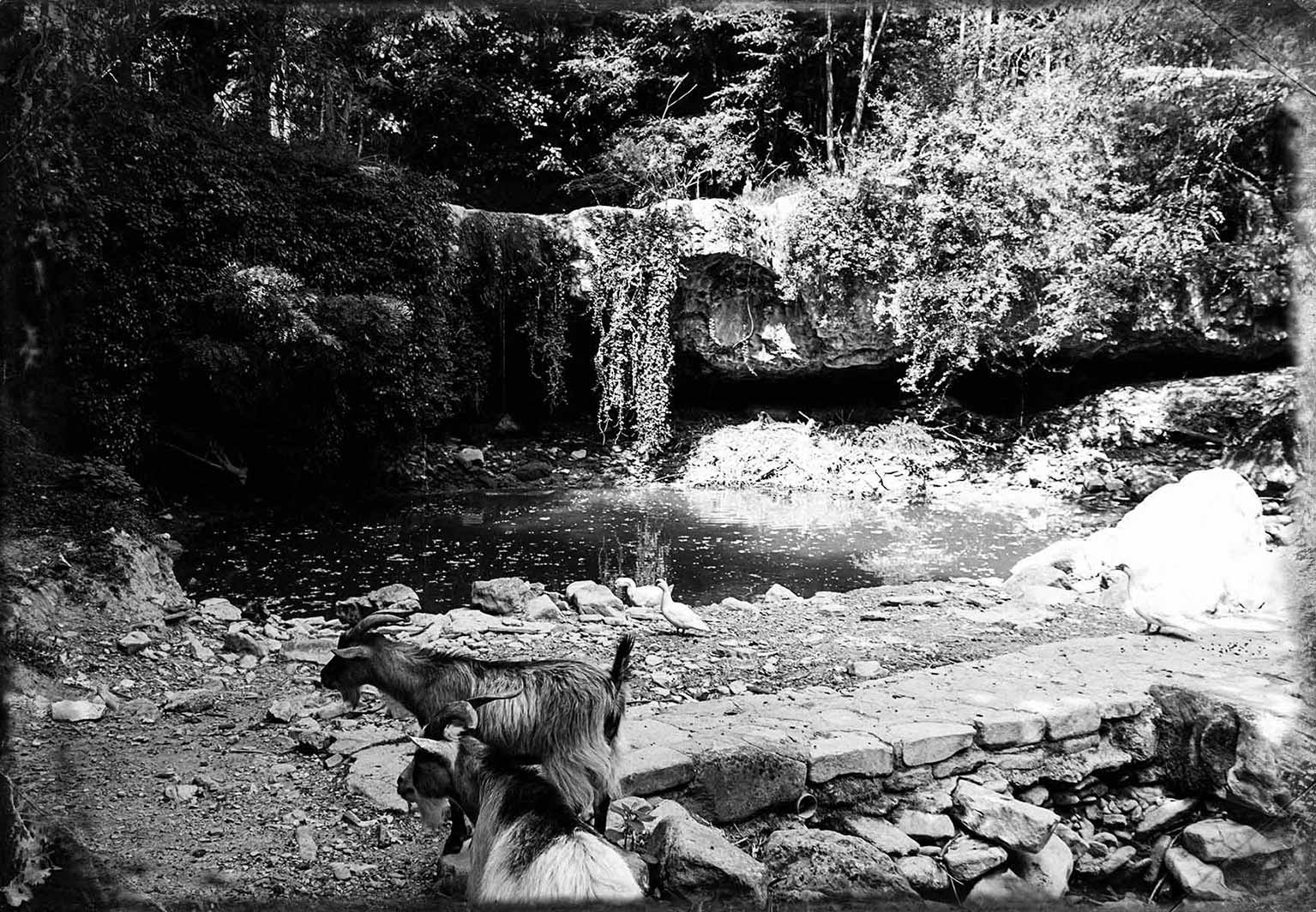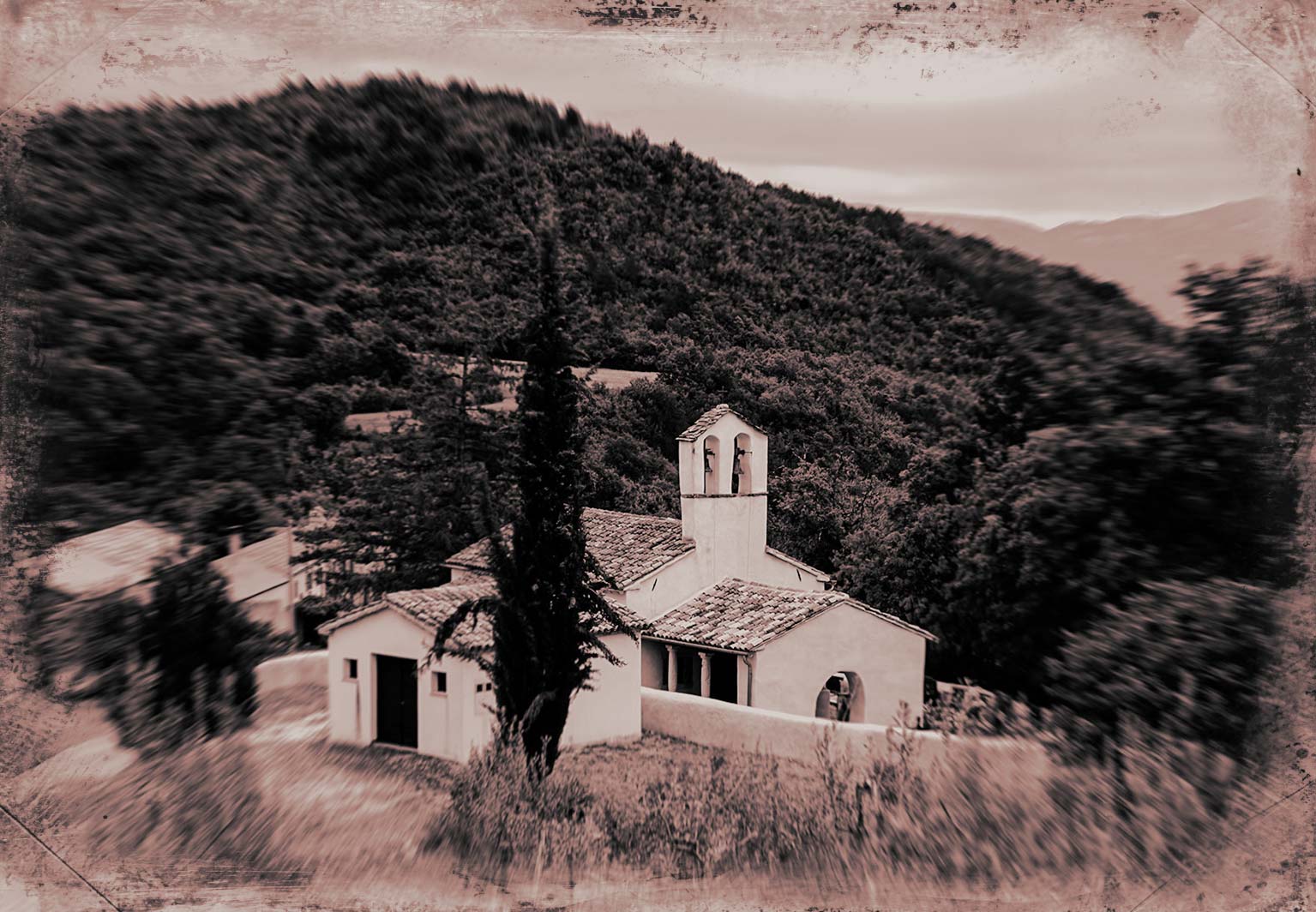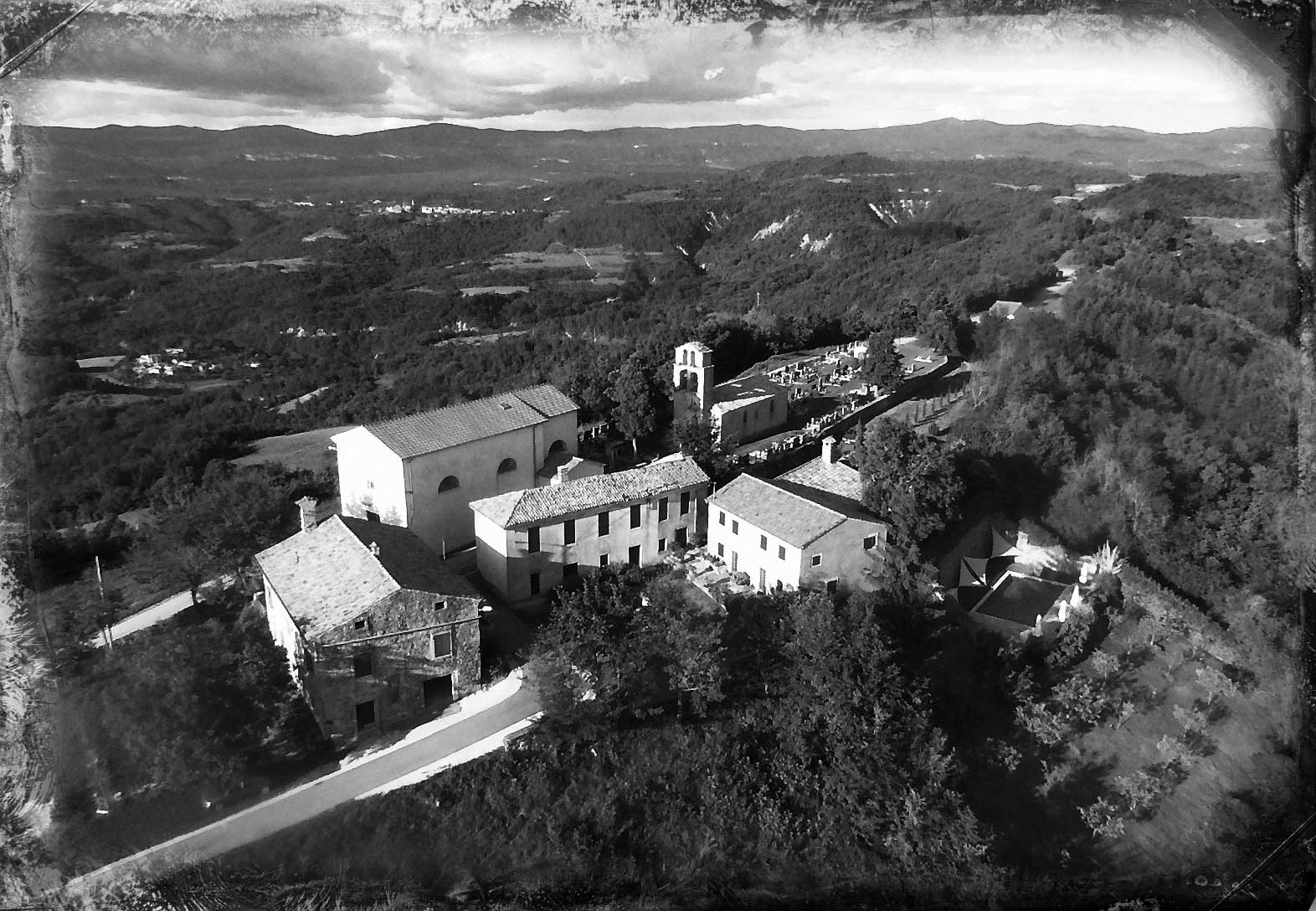Borut
 Borut is not just one place but a group of the following small villages: Budaki, Buzići, Čuleti, Dausi, Grdinići, Grgurići, Moloni, Orlovići, Poljanice and Sandalji. The area was referred to as Borut for the first time in 1498. in the Urbar of the Shire of Pazin. At the time, only 10 families lived here. In the 16th century, the population number increased thanks to the refugees from Croatia and Bosnia, which fled from the Turkish conquerors.
Borut is not just one place but a group of the following small villages: Budaki, Buzići, Čuleti, Dausi, Grdinići, Grgurići, Moloni, Orlovići, Poljanice and Sandalji. The area was referred to as Borut for the first time in 1498. in the Urbar of the Shire of Pazin. At the time, only 10 families lived here. In the 16th century, the population number increased thanks to the refugees from Croatia and Bosnia, which fled from the Turkish conquerors.
On a hill near the village of Moloni there is the Church of St. Michael the Archangel (353 meters above sea level) with a half circular Romanic sanctuary from the 13th century, which tells us that the villages in the area existed even before they were first mentioned at the end of 15th century. The Church was expanded in 1787 and thoroughly renovated in 1982. The interior is decorated with stone statues of St. Michael the Archangel and the Blessed Virgin Mary and St. Joseph.
Not far from the railway station, there is the little Church of the Holy Spirit, renovated in 1560. The Glagolitic inscription above the front door tells us that it has been renovated by Vid Vitulović who commanded his offspring and inheritors to maintain and support financially both the church of the Holy Spirit and the altar of St. Mary in the Church of St. Michael the Archangel.
Borut has a long tradition of brick production. As evidence to this fact, there are several preserved roof tiles with an imprinted year 1803 and 1823, which tells us the date of production. These roof tiles and brick were hand made and later baked in field stoves, called frnaže by the locals, and located near the villages Čuleti and Buzići. An Austrian entrepreneur, Jakob Ludvig Münz, has in 1904. built a round kiln, a chimney and an engine room with strainers to form brick. With the lack of raw material needed for the modern production, the brick industry in Borut has, in 1979, started producing girders and blocks made of concrete.
https://arhiva.cerovlje.hr/en/mjesni-odbori/borut#sigProId878e12899a






